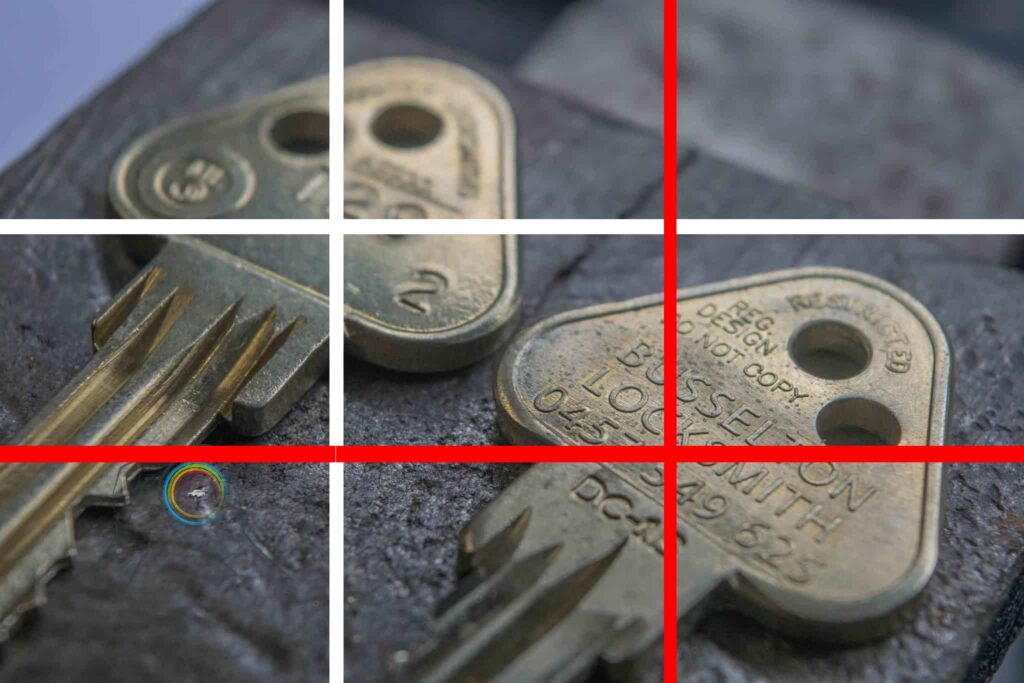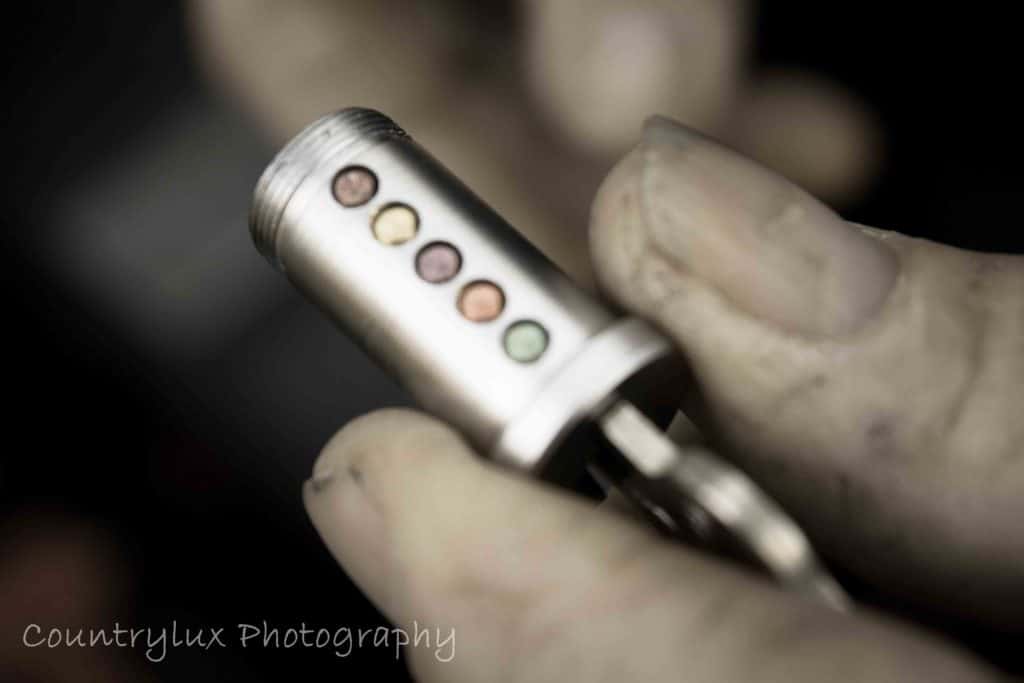Take standout photos for social media with these composition techniques

Firstly, photos that stand out on social media get more engagement – you need to catch people’s attention and hook them in with these composition techniques! It is a competitive world out there, so to help you stop that scroll, I have put together a guide on taking amazing photos to ensure your social media posts stand out and achieve greater engagement.
Sometimes I will use the word “rules”, which refers to composition rules of photography, but please note that it is an art! The “rules” are more like guidelines to help you take better photos, so don’t be worried if sometimes they contradict each other or don’t work for your project. I promise, when you start to focus on your composition, it will all start to make sense.
I am going to talk a lot about composition, so let’s understand what that means to start. Composition is fundamental to a photographer; it refers to the way various elements in a frame are arranged. Ideally, you want to arrange the elements of your photo in a way that creates a focal point that commands the attention of your viewers.

When taking photos for social media, the aim is to create a focal point to draw your viewers’ attention and create interest. In other words doing this will, in turn, encourage your viewers to engage with your post(s). Here, understanding composition is key. Below are four of the most popular composition techniques our photographers use to create our client’s social media posts. I have used real-world examples to help explain why each composition technique works. If you have any questions, please feel free to reply to this email or call us to organise some one-on-one training.
Let’s get started…
Rule of thirds
The rule of thirds is the most common and easiest way to compose a scene for a photo. It simply means dividing the frame into nine equal rectangles (three across and three down, as illustrated in the picture) and using the grid to arrange your image. Most cameras and phone cameras have the ability to turn on gridlines to help with this. I have included instructions below to help you find this feature on your phone.

This was a photo taken for one of our clients, we created a focal point on the key with the business name and phone number.
Explaining in more detail:
The idea of the rule of thirds is to place the essential element (or elements) of the scene along one or more of the lines, or where the lines intersect (as shown by the red lines above).
We have a natural tendency to want to take photos with our subjects in the centre of the frame, but placing the subject off-centre creates a more appealing composition and draws the viewer’s eyes naturally to your focal point.
How to turn on gridlines in your phone camera
Below are a couple of short videos on how to turn on gridlines on your phone camera. Your phone may vary slightly, but generally speaking, most phones use a similar; go to your camera app, click “settings” and turn on gridlines.
| Google Pixel: 1. Go to the camera app (image 1) 2. Swipe down from the top Press the setting cog (image 2) 3. Scroll down to grid type and click on it (image 3) 4. Select the 3×3 for the rule of thirds (image 4) |
Foreground Interest

This is a photo taken for one of our clients, where we used the winch to create foreground interest and the resulting 3D effect on the photo.
Creating foreground interest in a scene is a great way to add depth to a photo. Photographs are 2D by nature, so including foreground interest in the frame is one way to make the image come alive and appear more 3D-like. While your foreground may not be the focal point or the focus of the photo, it adds an element that will draw the eye of your viewers and invite them to look closer.
Diagonals & Angles
| For example when you talk to a photographer about diagonals and angles in composition, nodoubt you will hear phrases like “dynamic tension”. In brief, this refers to using energy and movement in an image to draw the eye to a focal point. One of the best ways to do this is with angles that lead to the product or key feature of the frame. As you can see in the photo below, it really works. So, instead of taking a photo from front on, find an angle that creates interest and “dynamic tension”. |

This is a photo taken for one of our clients. Taking the photo on an angle created a focal point.
There is also another technique called changing your point of view. This is very simple; move around taking several photos of the same subject from different positions, such as up high, down low or even from above. Then, look back and see which one draws your eyes to the subject the best. Sometime you will find a few good shots of the same subject, which means you have fodder for future posts ready to go!
Isolating Your Subject
Isolating your subject is a great way to create interest, as is another technique photographers use called filling the frame. These two techniques are very similar and involve you getting up close to focus on the subject. The close shot allows the viewer to see the subject in more detail than you would if you stepped back to take the image.

This is a photo taken for one of our clients. By isolating the lock core and colourful pins, we created one of the most clicked photos in the company’s online presence.
Tip:
For instance, to blur the background of your photo, you need to take it using a wider aperture. This can be done in most DSLR cameras and some phone camera apps. Click the button below if you want to learn how to use your phone camera on the manual mode just like a DSLR camera.
To conclude; you now have an understanding of these four techniques, it is time to head off start taking more photos for your social media posts. Remember, these are not hard and fast rules, they are just guidelines.
Lastly, you can also try incorporating more than one of these techniques in a single image. For example, you may notice that in most of the sample images, I have used more than one rule. The diagonals image, for instance, also uses foreground interest and rule of thirds.



